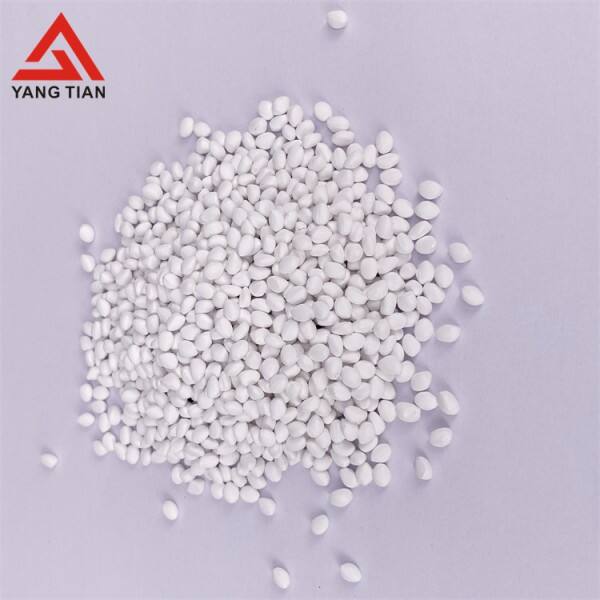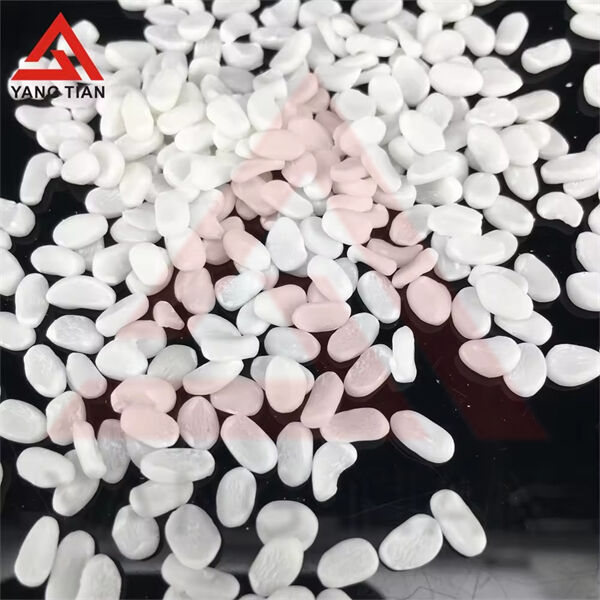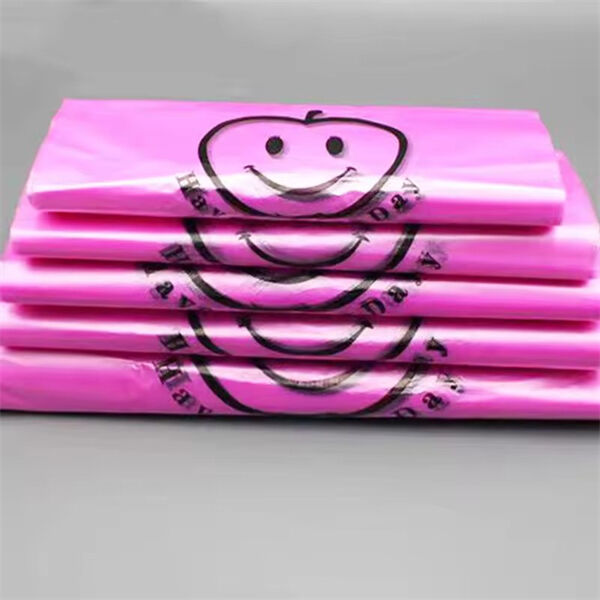Low-Density Polyethylene (LDPE) However, LDPE and some HPDE cannot be recycled. This is a specialized form of plastic that is used by many people every day in numerous different fashions. LDPE is found in food containers, plastic bags, and some toys! LDPE is a thermoplastic that can be shaped and molded into a variety of configurations. And this tendency makes it quite handy for many products that we observe in our day-to-day.
LDPE has some good things in it, it feels strong yet flexible. That is why it is frequently used for packing भार चि.} items. It has a magical property that lets it act as a barrier to water and toxic chemicals, which helps preserve what’s inside a package (think eggs). For instance, if food is wrapped in the aforementioned LDPE, it remains fresh and dry, which means the food is safe to eat. Also, LDPE is light, thus making it convenient to transport and carry. LDPE is one of the most flexible and versatile types of plastics, which is why many industries opt for it in their products.
There are numerous benefits of LDPE that render it a favorable alternative, but it is not without disadvantages. LDPE's cost-effectiveness is one of its greatest advantages. So, businesses can purchase it and it will not cost them too much, so many companies use it. On the flip side, LDPE can be repurposed and recycled. Recycling reduces waste, which in turn helps our planet remain clean, making this matter important.
Still, LDPE has its challenges. Alternatively, it isn't as durable as other varieties of plastic. This makes LDPE products more prone to ripping or breaking if not handled properly. It can also be sensitive to heat. If LDPE rises in temperature, it can melt, consequently making it less ideal for heat-tested products. Also, LDPE is a significant environmental problem, as it is not biodegradable. LDPE,which takes hundreds of years to break down, makes the plastic pollution problems in the world even worse.

LDPE is used in many different everyday products. This is commonly used for instance in packaging food to ensure that food is safe and stays fresh. For instance, countless items like bread, fruits, and vegetables, come wrapped in LDPE to keep them dry or prevent spoilage. LDPE also used to manufacture plastic bags; they are relatively light and can be produced in multiple sizes and designs depending on their usage.

While LDPE is a very useful material, it can also have a negative impact on our environment. Because LDPE doesn’t decompose easily, it can cause a lot of plastic waste in our oceans and landfills. However, plastic waste is harmful to animals and plants, threatening wildlife and disrupting natural ecosystems. Eating plastic can lead to serious health problems in animals, when they mistake it for food.

Nevertheless, how could we contribute to mitigate the adverse effects of ldpe on our ecosystem? One solution lies in recycling. LDPE can recycled it to make new products. That helps reduce our plastic waste. The other solution uses special mixes called Environmental Masterbatch. By preventing the growth of microbes in masterbatchs, these additives can help these plastic products degrade faster and greatly reduce plastic waste pollution on this earth over a long period.